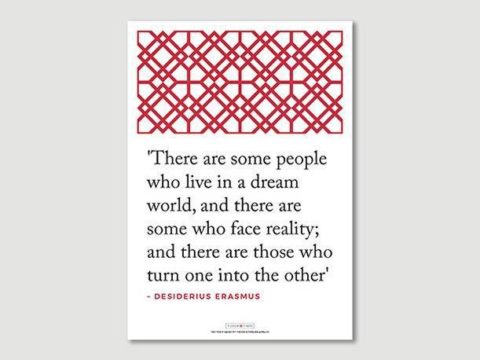Codes & Ciphers
Chapter 1: The Need for Codes & Ciphers
Throughout history, secret reports have been written to inform governments of activities taking place in foreign lands. Merchants, ambassadors and envoys would send messages home, sometimes in plain writing, but also often in cipher or code. Frequently, part of the letter would be in plain writing, with only sensitive passages in cipher, as ciphering was a tedious task.
Monarchs sometimes used cipher to communicate personally: in 1527, the Emperor Charles V, so appalled at the news he had heard from England – that Henry VIII wanted to repudiate Charles’ aunt, Katharine of Aragon – that he wrote to Henry in his own hand, enciphering the message himself.
In the volatile period of the 1530s, when England was in the throes of political storm as Henry VIII moved to throw off papal authority, the government listened eagerly to informers. Indeed, failure to inform against a friend or neighbour who committed treason (called misprision of treason) was an offence in itself.
Thomas Cromwell was an eager user of informers and developed the use of ‘intelligencers’ as spies who would deliberately seek out information. Cromwell’s network of informers was far less far-reaching and sophisticated than that which was developed in the 1570s and 1580s, primarily under the supervision of Sir Francis Walsingham, who is often referred to as the queen’s spymaster.
By the reign of Elizabeth, there were far more threats from both home-grown traitors, as well as from Europe. In the eyes of Walsingham and his chief colleagues, Burghley and Leicester, every English Catholic was a traitor merely for his or her religion. Elizabeth herself was more circumspect, believing that, provided individuals conformed outwardly to the law, their private beliefs should not be enquired into. But, as time passed, and more plots were uncovered, whether realistic or not, surveillance became a feature of English society.
